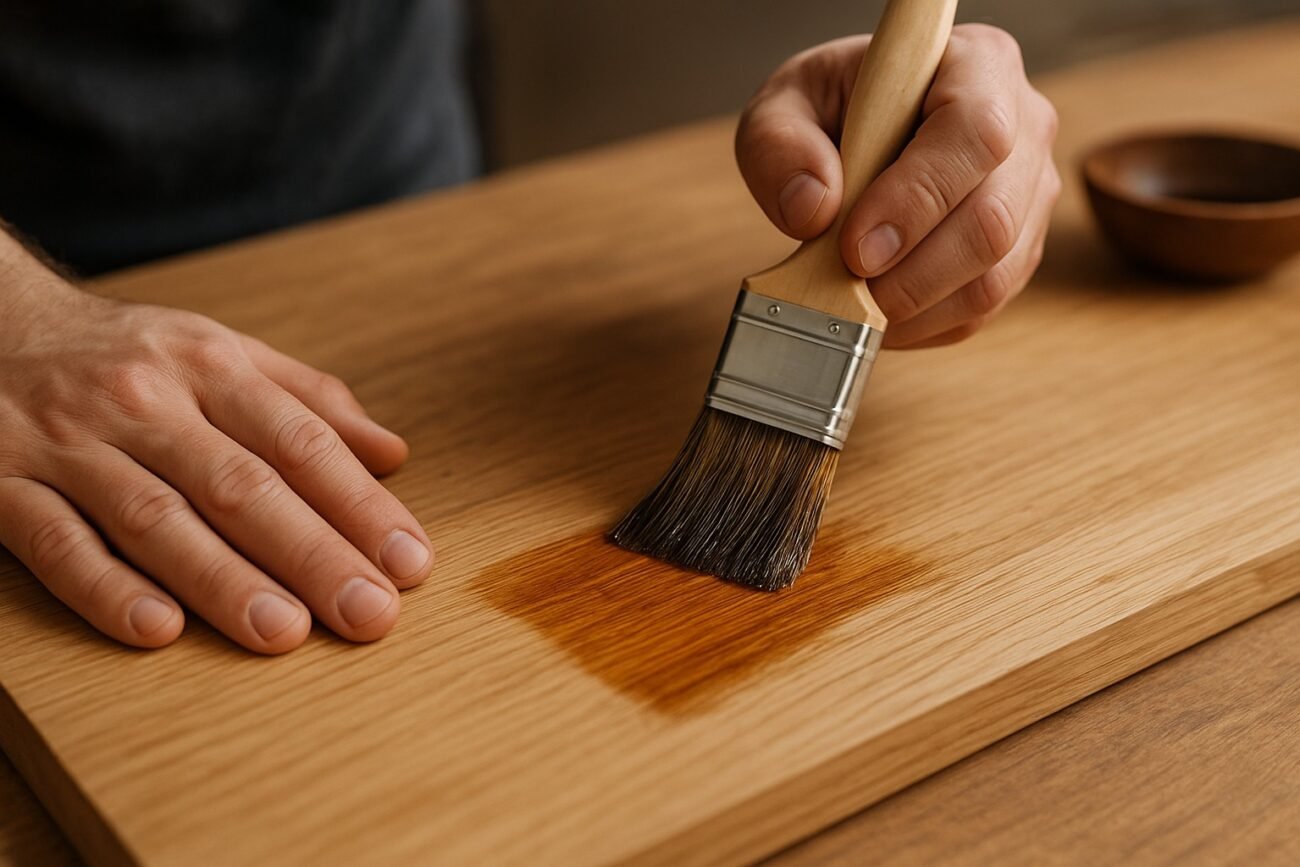When we think of creating something—whether it’s a building, a digital product, or even a personal project—we often focus on the big steps: planning, execution, and delivery. But what separates good work from great work is often hidden in the details of how it’s finished. This is where the concept of acamento comes in.
Acamento, a term rooted in the Portuguese word acabamento (meaning “finishing” or “final touch”), refers to the thoughtful process of completing something with care, intention, and refinement. It is more than polishing or decorating—it’s about adding value, ensuring durability, and creating a lasting impression.
Why Acamento Matters
Elevates Quality
A well-executed finish transforms a project from “usable” to “memorable.” Think of a wooden table: without sanding and sealing, it might work, but it won’t invite touch or last as long.
Protects And Preserves
In architecture and manufacturing, finishing protects materials from damage, moisture, or corrosion. The final layer is often the difference between short-term function and long-term durability.
Shapes Perception
In branding and design, acamento builds trust. The way something looks and feels—whether packaging, a user interface, or a product—signals professionalism and care.
Provides Closure
Psychologically, acamento is satisfying. A complete finish gives both creators and users the sense that a project is truly done.
How Acamento Appears In Different Fields
| Field | Role of Acamento | Examples |
| Architecture & Interiors | Surface treatments and final touches that define comfort and style. | Flooring finishes, plaster, cladding, lighting details. |
| Furniture & Product Design | Enhancing usability and aesthetics through texture and protection. | Sanding, varnishing, matte vs. gloss coatings. |
| Manufacturing & Industry | Ensuring safety, durability, and compliance with standards. | Deburring, anodizing, plating, powder coating. |
| Digital Design (UI/UX) | Improving user experience with subtle refinements. | Micro-animations, smooth transitions, feedback effects. |
| Project Management & Knowledge Work | Delivering with polish and professionalism. | Proofreading, packaging, clear documentation, final reviews. |
| Personal & Creative Life | Cultivating pride and integrity in how tasks are completed. | Editing writing, signing artwork, adding closing rituals. |
Best Practices For Applying Acamento
- Define “finished” early – Decide what a complete outcome should look and feel like before starting.
- Allocate time for finishing – Don’t treat it as an afterthought; schedule it into your process.
- Prepare properly – A good finish begins with a clean, stable, and well-prepared foundation.
- Test before full application – Whether paint, coating, or animation, small trials prevent costly mistakes.
- Stay consistent – Details matter; uneven finishes or mismatched touches can undermine trust.
- Balance perfection with practicality – Know when enough is enough; overworking can waste resources.
- Document techniques and outcomes – Build a reference guide for what works best in your context.
Common Challenges In Acamento
- Rushing the final stage – Pressure to deliver can lead to skipping essential finishing steps.
- Using the wrong finish – A high-gloss coating in a heavy-traffic area, for example, may wear poorly.
- Environmental factors – Dust, humidity, or lighting can change how finishes look or cure.
- Over-finishing – Sometimes “more” doesn’t equal “better”; restraint is part of good judgment.
Real-World Examples Of Acamento In Action
- Digital Apps: A payment button that glows slightly when tapped reassures users their action worked.
- Architecture: A well-finished staircase handrail feels smooth, safe, and inviting to hold.
- Furniture: An eco-finished dining table treated with natural oils both looks beautiful and avoids harmful chemicals.
- Work Projects: A report delivered with clear structure, visuals, and polished formatting leaves a stronger impact than one sent unreviewed.
Sustainability And Modern Acamento
Today, acamento also includes responsible finishing choices:
- Using eco-friendly paints and coatings with low VOCs.
- Choosing natural oils or water-based finishes instead of toxic chemicals.
- Prioritizing durability to reduce waste by making products last longer.
Sustainable finishing practices show not only care for aesthetics and function, but also responsibility toward the environment.
Final Thoughts
Acamento is not just a technical step; it’s a philosophy of careful completion. Whether in design, digital work, or daily life, finishing well shows respect for the work itself and for the people who will experience it.
By embracing acamento, you ensure your work does more than meet basic requirements—it communicates quality, builds trust, and leaves a lasting impression.
FAQ’s:
What Does Acamento Mean?
Acamento comes from the Portuguese word acabamento, meaning “finishing” or “final touch.” It refers to completing something with care and attention to detail.
Why Is Acamento Important?
Because it improves quality, protects materials, and creates a strong impression. Finishing well makes projects feel complete and trustworthy.
Where Is Acamento Used?
It’s used in architecture, furniture, manufacturing, digital design, project management, and even everyday creative tasks.
How Does Acamento Affect Design?
In design, acamento adds polish—such as smooth textures, consistent details, or micro-interactions—that improve both look and user experience.
What Are Examples Of Acamento?
Examples include polished wood furniture, a well-finished home interior, smooth app animations, or a carefully edited final report.
Can Acamento Be Sustainable?
Yes. Eco-friendly finishes, natural oils, and durable materials are all ways to practice sustainable acamento.
Hungry for more? Head over to my website for fresh articles.
7 Key Features Of Risingsun8 Dread Caps You Should Know In 2025
Disclaimer:
The information provided in this article about acamento is for general educational and informational purposes only. While every effort has been made to ensure accuracy, readers should verify details and consult relevant professionals before making decisions related to design, construction, or finishing processes. The author and publisher are not responsible for any loss, risk, or liability resulting directly or indirectly from the use of this content.
